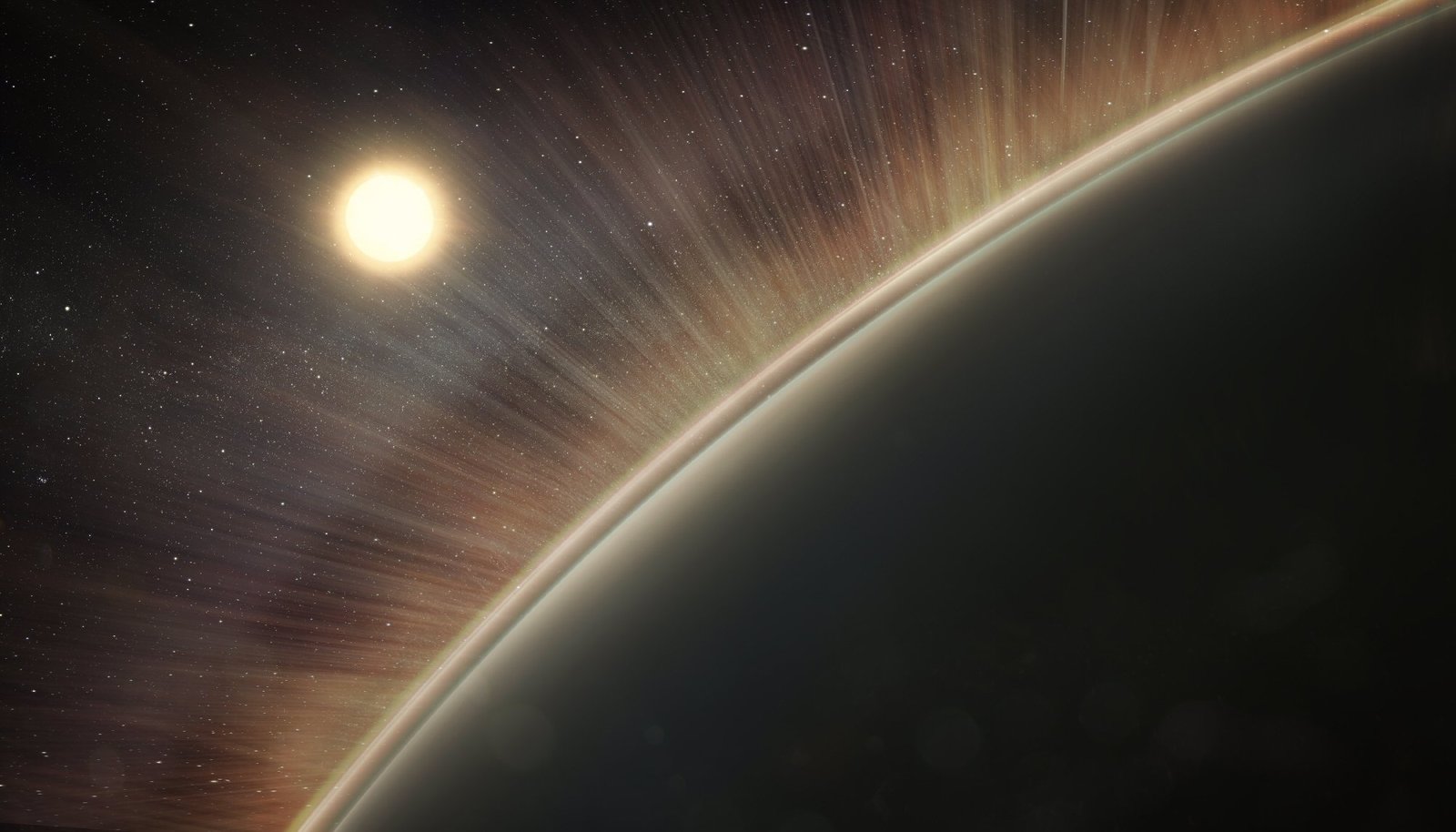Venus is not considered as an easy to go planet in our Solar system. It’s the 2nd planet close to the Sun after Mercury. So, it’s obvious that its atmosphere must be sweltering, scorch and corrosive. It is considered as a toxic hellhole. And if you think the nights of Venus might be somehow less volatile or less corrosive then it is a wrong conception.
Astronomers have found out that the mysterious night side of Venus which is the dark half present away from the sun, has got some more interesting and vigorous atmosphere. The powerful winds and the corrosive atmosphere is more chaotic and dangerous during the night. Astrophysicist Javier Peralta from the Japan Aerospace Exploration Agency (JAXA) said that this was the first time that they were able to characterize about the atmospheric circulation on Venus’s night side on a global scale. Although the scientists have successfully explored the dayside of Venus’s atmospheric circulation, the night-side of Venus’s atmosphere was yet to be explored properly.
Venus rotates once in every 243 Earth days which is the slowest among all the planets of the Solar System. Therefore, its nights are very long, and scientists want to know what happens to the atmosphere of Venus during these long nights or the dark phase. S, to know more about it, Peralta and his teammates decided to explore the nights of Venus through the Visible and Infrared Thermal Imaging Spectrometer (VIRTIS) instrument fitted inside the ESA’s Venus Express spacecraft, which orbited the planet from 2006 to 2014. They discovered that Venus’s atmosphere is mostly dominated by strong swirling winds that rotate 60 times faster than the planet’s turns.
Peralta informed that they spent much time to analyze the super-rotating winds by tracking the movements of the upper clouds during dayside of Venus. But they were unable to get a clearer picture about the super-spinning winds during the night side. But now, with the help of Venus Express, they have got a more clear idea about the atmospheric circulation of Venus during the night. They have discovered that the night-side produces large, windy, wavy, and irregular clouds in filament-like patterns that aren’t observed on the sunny side of Venus. This results in more intensified, irregular and chaotic whirling winds occurring at the mysterious nights of Venus.





